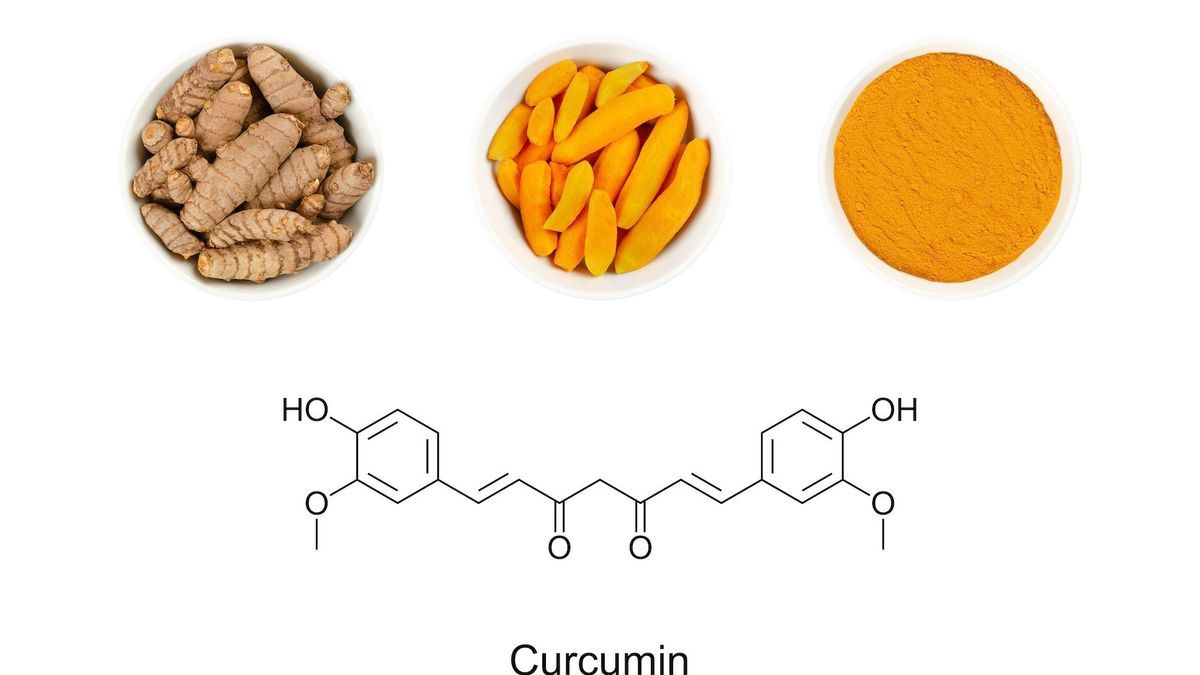
Curcumin lends its pretty bright yellow color to industrial foods under the code name E100. Where does this natural dye come from? Is it safe to consume? The answers from Anthony Fardet, researcher in preventive and sustainable nutrition and Claudine Plumail, dietician and nutritionist.
What is e100 dye?
Also known as curcumin, the food additive code E100 is an orange-yellow dye, responsible for the pretty color of turmeric. The latter is a species of perennial rhizomatous herbaceous plants native to southeast Asia. Curcumin is extracted from the rhizomes, then purified by crystallization. “Although it comes from a plant, curcumin is not completely natural since it can be extracted using chemical extraction solvents and contains up to 30% aluminum as well as traces of solvents in production residues” specifies Claudine Plumail. Nearly 90% of the turmeric used for E100 comes from India.
In what foods is it found?
As a food additive, curcumin is used to color various food products such as flavored yogurts, industrial cheeses, ice creams, candies and chewing gums, soups, soft drinks and non-alcoholic soft drinks, fish. smoked foods, sauces, mustard, certain spices or mixtures or even chips.
It is also used in industry to color pharmaceutical and cosmetic products. “This additive generally makes it possible to maintain a bright yellow color in foodstuffs whose color has been altered following its modifications.” explains the dietician.
Additive E100: halal or haram?
As curcumin or E100 is an additive extracted from a plant product and therefore does not involve animal sources or controversial processes, it is considered to comply with halal food practices.
How are food additives classified?
Food additives are classified into 9 categories depending on their role:
- Food colorings, which can be of natural or synthetic origin;
- Preservatives to extend their shelf life;
- Antioxidants to prevent the oxidation of fats in foods;
- Sweeteners to give a sweet flavor to foods without adding sugar;
- Emulsifiers to stabilize mixtures of ingredients;
- Texturing agents (thickeners, gelling agents, stabilizers and bulking agents);
- Flavorings and flavor enhancers;
- Acidifiers to regulate acidity;
- Leavening agents added to baked goods to help dough rise.
NO to diets, YES to WW!
What is the ADI for this additive, and does it present any dangers?
The acceptable daily intake (ADI) of curcumin has been set at 3 mg per kg of body weight per day, which corresponds to 180 mg of curcumin per day for a 60 kg person. This additive is generally considered safe when consumed in normal amounts in foods. In children who consume lots of sodas and processed foods, this ADI is however likely to be exceeded, so it is important to limit the quantity of foods containing them as much as possible.
“And just because an additive alone poses little or no problem for health does not mean that its consumption is safe. Combined with other additives, it can become problematic: this is what we call the cocktail effect. Furthermore, we have no scientific perspective on the long-term health effects.” indicates Anthony Fardet. For the researcher, the consumption of any so-called cosmetic additives – namely those which artificially modify the color, texture and taste properties of foods – must be limited as much as possible.
What additives are prohibited?
Food additives that are not explicitly authorized in Europe are considered prohibited. The list is therefore non-exhaustive since currently, 320 additives are authorized in Europe, while – for example – some 450 are authorized in Canada. The list of additives authorized in Europe is available on the website of the Ministry of Agriculture and Food Sovereignty.

